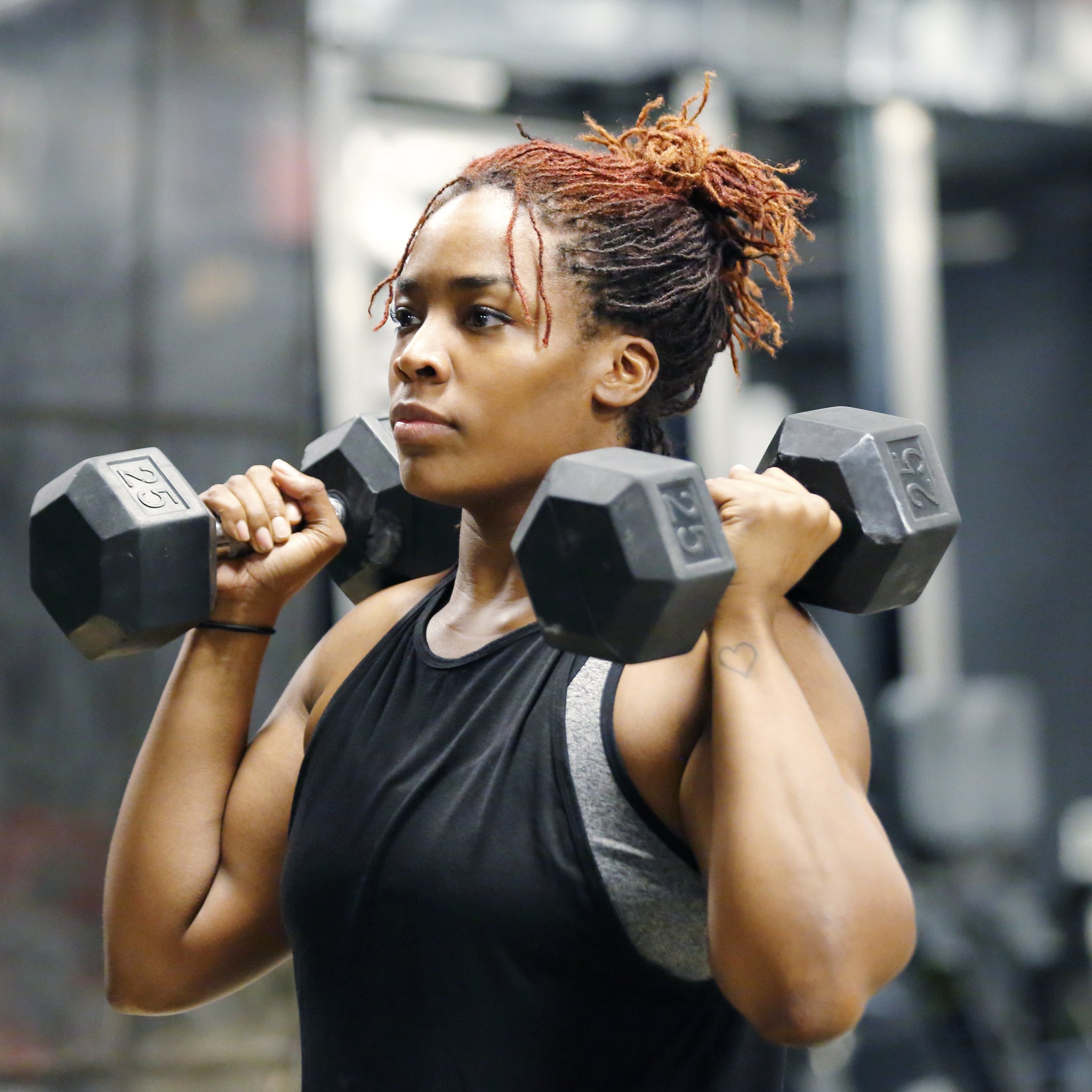
Introduction
Strength training is a cornerstone of fitness, offering a multitude of benefits beyond just bulging muscles. A well-rounded regimen that targets the entire body not only builds strength but also improves posture, boosts metabolism, enhances bone density, and reduces the risk of injury. In this article, we delve into the essence of full-body strength exercises, exploring their significance and providing insights into crafting an effective routine.
Understanding Full-Body Strength
Full-body strength exercises engage multiple muscle groups simultaneously, maximizing efficiency and effectiveness in a workout session. Unlike isolated exercises that focus on specific muscles, such as bicep curls or leg extensions, full-body exercises like squats, deadlifts, and push-ups require coordination and integration of various muscle groups, resulting in functional strength that translates to real-world movements.
The Importance of Comprehensive Training
A holistic approach to strength training ensures balanced muscle development and reduces the risk of overuse injuries. By incorporating exercises that target different planes of movement and muscle groups, individuals can address muscle imbalances and improve overall athleticism. Additionally, full-body workouts provide a cardiovascular benefit, as they often elevate heart rate and promote calorie burn.
Key Components of a Full-Body Workout
A well-designed full-body workout typically includes compound exercises that recruit multiple joints and muscle groups. These compound movements not only build strength but also enhance stability and coordination. Squats, lunges, deadlifts, bench presses, rows, and overhead presses are examples of compound exercises that form the foundation of a comprehensive strength-training program.
Balancing Push and Pull Movements
To prevent muscle imbalances and maintain joint health, it’s essential to incorporate both pushing and pulling movements into a full-body workout routine. Push exercises, such as push-ups and shoulder presses, target the chest, shoulders, and triceps, while pull exercises, like rows and pull-ups, engage the back, biceps, and rear deltoids. Striking a balance between these opposing movements promotes symmetry and overall strength development.
Integrating Core Stability
The core serves as the powerhouse of the body, providing stability and support during movements. Therefore, a full-body strength routine should include exercises that target the core muscles, including the rectus abdominis, obliques, transverse abdominis, and erector spinae. Planks, Russian twists, and mountain climbers are effective exercises for strengthening the core and enhancing functional stability.
Progressive Overload and Adaptation
Progressive overload is the cornerstone of strength training, wherein the resistance or intensity of exercises is gradually increased over time to stimulate muscle growth and adaptation. By progressively challenging the muscles through increased weight, repetitions, or difficulty of movements, individuals can continue to make gains in strength and endurance.
Recovery and Rest
Rest and recovery are integral components of any training program, allowing the body to repair and rebuild muscle tissues. Adequate sleep, proper nutrition, hydration, and active recovery techniques, such as foam rolling and stretching, play crucial roles in the recovery process. Overtraining can lead to burnout, injury, and diminished performance, underscoring the importance of listening to the body and allowing for sufficient rest between workouts.
Programming Considerations
When structuring a full-body strength training program, it’s essential to consider individual goals, fitness levels, and time constraints. Beginners may benefit from starting with two to three full-body workouts per week, gradually increasing frequency and intensity as they progress. Advanced lifters may opt for more frequent sessions or split routines that target specific muscle groups on different days.
Conclusion
In conclusion, full-body strength exercises are a fundamental component of a well-rounded fitness regimen, offering numerous benefits for physical health and performance. By incorporating compound movements, balancing push and pull exercises, integrating core stability work, and implementing progressive overload principles, individuals can develop functional strength, improve body composition, and enhance overall well-being. With proper programming and attention to recovery, anyone can unlock their full potential and achieve their fitness goals through full-body strength training. Read more about full body strength exercise




